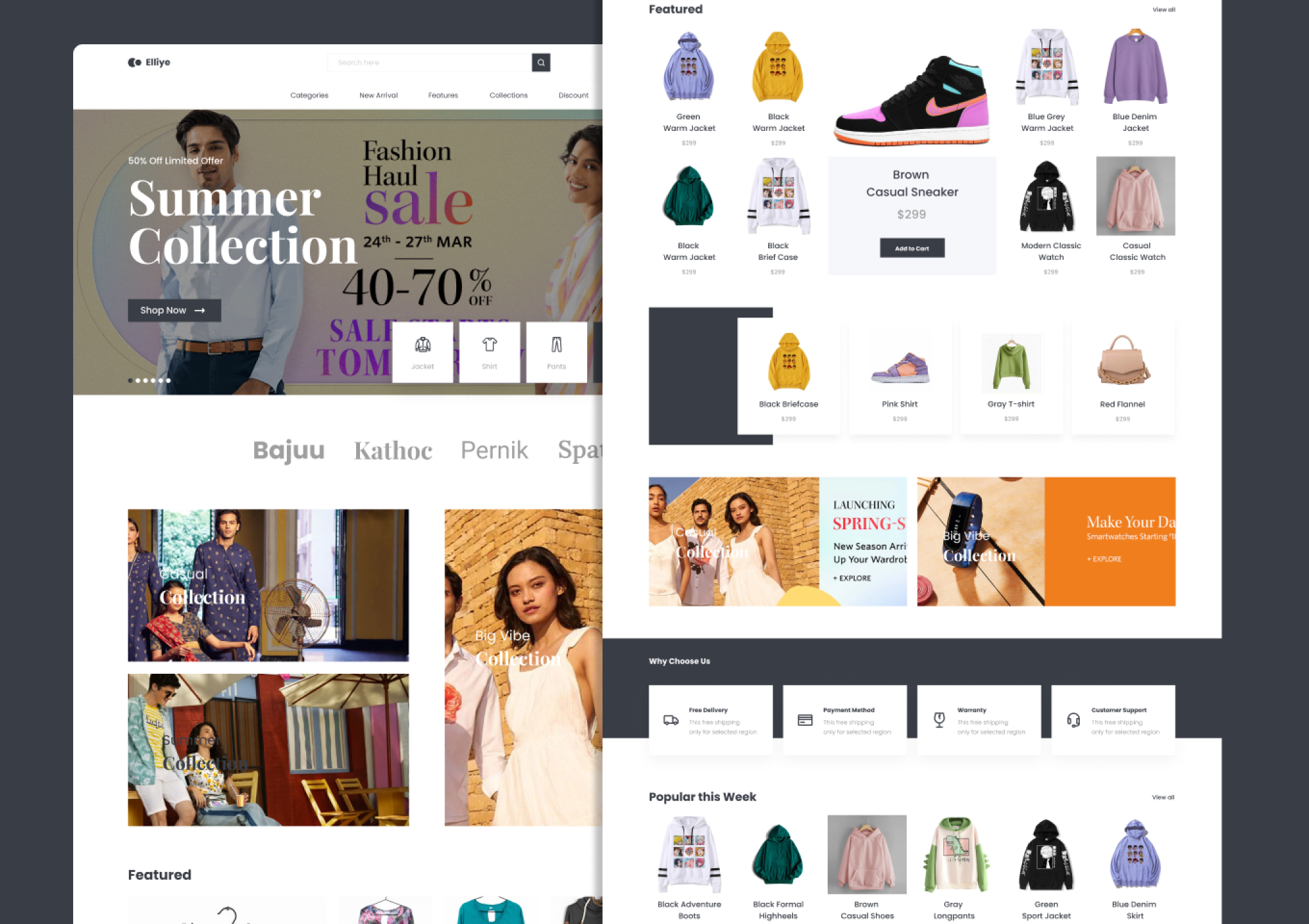How E-Commerce Helps Retailers Grow And Why Having An E-Commerce Website Is Crucial
E-commerce is a transformative force that can propel retail businesses to new heights by leveraging the power of the internet and digital technology. Here's how it helps retailers grow and why having an e-commerce website is crucial:
In conclusion, having an e-commerce website is imperative for retail businesses seeking to grow and thrive in today's digital age. It opens up vast opportunities for market expansion, provides cost-efficiency, offers actionable insights, and enables seamless customer engagement, ultimately leading to business growth and sustainability.

Workflow For Web App Development
Certainly! Here's a simplified workflow for web app development, broken down into five key steps:
Requirements Gathering and Analysis:
- Objective: Understand the client's needs and expectations for the web app.
- Tasks:
- Conduct meetings and workshops with stakeholders to gather requirements and understand the project scope.
- Document functional and non-functional requirements, user stories, and features expected in the app.
- Analyze the gathered information to identify challenges, potential solutions, and project constraints.
Design and Planning:
- Objective: Create a blueprint and plan for the web app based on gathered requirements.
- Tasks:
- Develop wireframes and prototypes to visualize the app's layout, structure, and user flow.
- Create a comprehensive design including UI/UX elements, ensuring a consistent and appealing interface.
- Plan the technology stack, architecture, databases, and third-party integrations needed for the project.
Development:
- Objective: Build the web app based on the approved design and architecture.
- Tasks:
- Write code for both front-end and back-end development according to the design and specifications.
- Implement features, functionalities, and integrations while adhering to coding standards and best practices.
- Use frameworks, libraries, and tools to streamline development and ensure efficiency.
Testing and Quality Assurance:
- Objective: Ensure the web app is bug-free, reliable, and meets the specified requirements.
- Tasks:
- Conduct different types of testing, such as functional, usability, performance, security, and compatibility testing.
- Identify and report bugs, issues, and discrepancies in the application.
- Collaborate with developers to fix bugs and optimize the app based on test results.
Deployment and Maintenance:
- Objective: Make the web app accessible to users and provide ongoing support.
- Tasks:
- Prepare the app for deployment by setting up the required server infrastructure and configurations.
- Deploy the app to the production environment and ensure it functions as intended.
- Provide ongoing maintenance, updates, security patches, and support to ensure the app remains reliable and up-to-date.
This simplified workflow guides the development process from gathering requirements to deploying the web app, ensuring a structured approach and successful project completion.
Whether you’re looking for help with a single project or a long-term partnership, XCugas has the resources and expertise you need to help you achieve more. We’re here to support you every step of the way, whether you use a single service or build an entire platform.